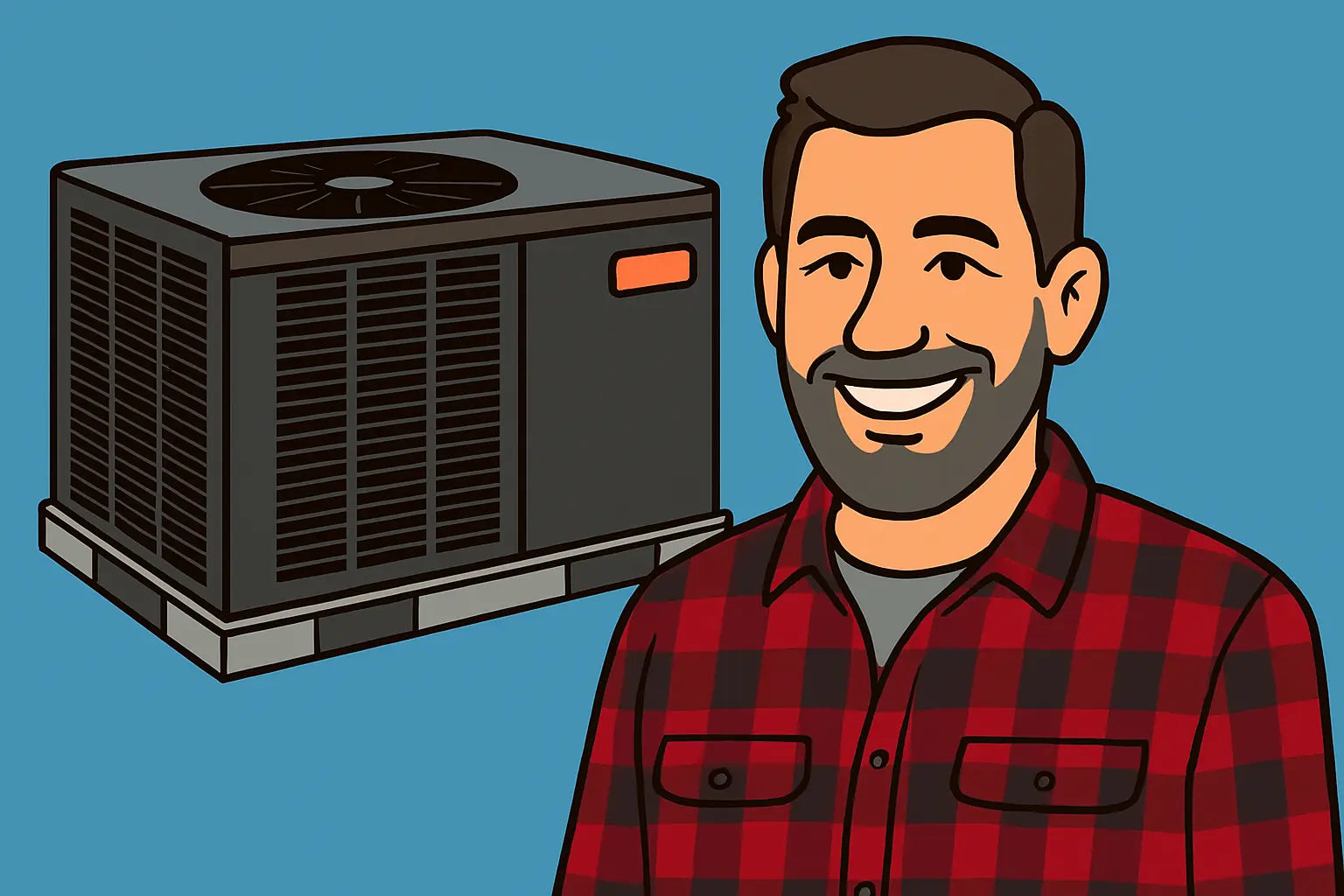Mike Here!
If you’ve been shopping for an air conditioner recently, you may have noticed a shift in refrigerants. For years, R-410A was the industry standard, but the HVAC world is rapidly moving toward more environmentally friendly options. One standout is R-32 refrigerant—and it’s exactly what powers the Goodman GPCH33631 Horizontal Air Conditioner.
Choosing the GPCH33631 doesn’t just mean you’re investing in cooling performance—it means you’re stepping into a greener future. This guide will break down what makes R-32 different, how it benefits your home and the planet, and safe handling tips for homeowners.
Why R-32 Refrigerant Matters
Refrigerants are the lifeblood of any air conditioning system. They absorb heat from inside your home and release it outside, creating that cool, comfortable indoor climate we all love during the summer. The choice of refrigerant has a direct impact on:
-
Energy efficiency (lower bills)
-
Environmental impact (lower carbon footprint)
-
Long-term compliance with environmental regulations
R-32 is considered a next-generation refrigerant because it has a Global Warming Potential (GWP) of 675—that’s roughly one-third of the GWP of R-410A. According to the U.S. Environmental Protection Agency, this makes R-32 a far better option for meeting new environmental standards without sacrificing performance.
Eco-Benefits of R-32 in the GPCH33631
1. Lower Environmental Impact
One of the primary reasons HVAC manufacturers like Goodman are switching to R-32 is its low GWP. This reduces the long-term impact of your cooling system on the climate. The Air-Conditioning, Heating, and Refrigeration Institute reports that R-32 is part of a global movement toward refrigerants that meet tighter environmental goals.
2. Higher Energy Efficiency
R-32 has superior heat transfer properties compared to older refrigerants. That means your GPCH33631 can cool your home faster and with less energy, saving you money in the process.
If you’re curious about how refrigerants directly affect energy usage, the U.S. Department of Energy has an excellent breakdown of the science behind it.
3. Less Refrigerant Needed
Because of its efficiency, your system requires less refrigerant to achieve the same level of cooling. This reduces costs when topping up refrigerant and minimizes the total environmental risk in the rare event of a leak.
Handling Tips for Homeowners
While R-32 is more efficient and eco-friendly, it does have mild flammability characteristics (classified as A2L). This means proper handling is essential—especially for technicians.
Here are some homeowner-focused tips:
-
Leave charging and repairs to certified professionals – Always use an EPA-certified technician who is trained in working with A2L refrigerants.
-
Schedule regular inspections – Annual maintenance helps detect leaks early and ensures your system is operating safely.
-
Keep the area well-ventilated – If your GPCH33631 is in a confined space, make sure it has adequate airflow to prevent refrigerant buildup in case of a leak.
The Air Conditioning Contractors of America provides detailed safety standards and recommendations for refrigerant handling, which your HVAC pro should follow.
Storage & Transport Safety
If you ever need to store or transport R-32 (for example, if your system is being replaced or relocated), follow these best practices:
-
Keep cylinders upright at all times
-
Store in a cool, dry place away from direct sunlight
-
Avoid exposure to open flames or sparks
More safety tips can be found in the ASHRAE safety guidelines for refrigerants.
The Bottom Line: Wrap-Up
Your Goodman GPCH33631 isn’t just a high-performance cooling system—it’s also built with the future in mind. R-32 refrigerant delivers strong environmental benefits, better efficiency, and regulatory compliance while still keeping your home comfortable. By understanding how to handle and maintain this refrigerant properly, you’ll enjoy years of reliable, eco-friendly performance.
If you’re considering a GPCH33631 installation or need service, check out our Goodman GPCH33631 product page for specs, pricing, and availability.
Want to know how to maximize efficiency for this unit? Visit my guide: Proven SEER2 Efficiency Strategies.
See you later,
-Mike, your cool HVAC neighbor







